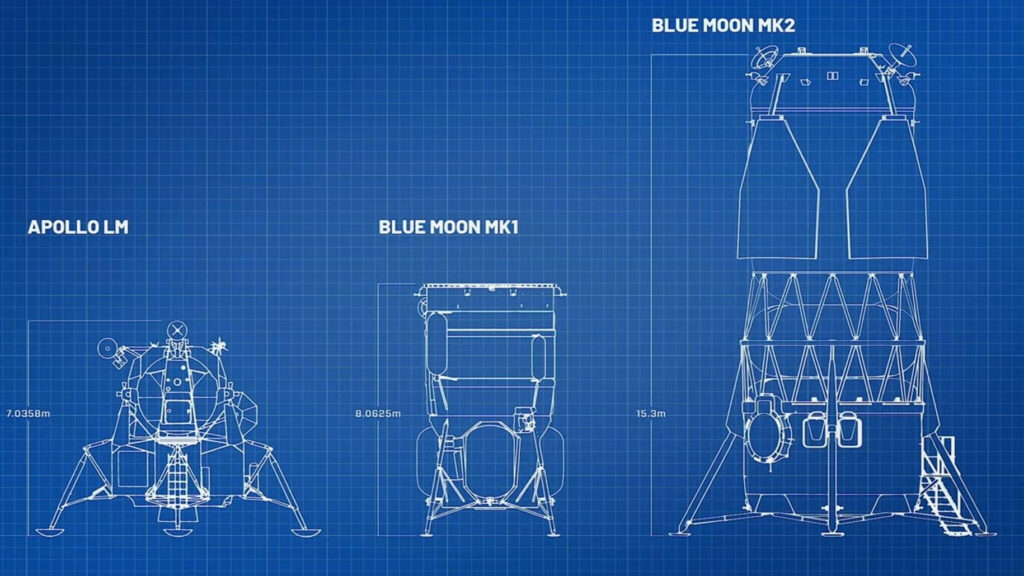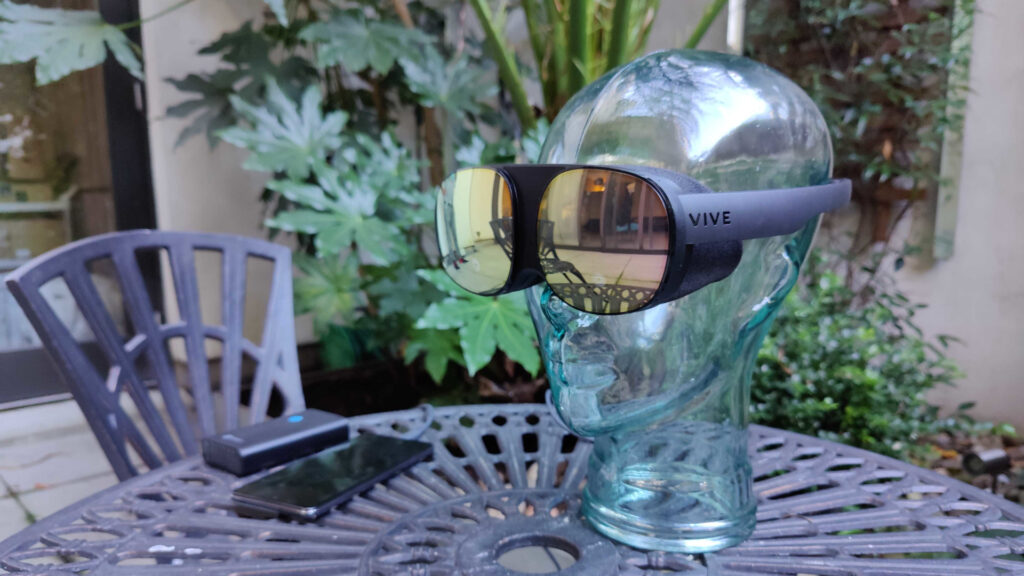The new moon occurs Thursday (June 10) at 6:52 a.m. EDT (1052 GMT), and it brings with it a solar eclipse at least partially visible over a large part of the Northern Hemisphere. Two days later the moon makes a close pass to Venus, while an active meteor shower graces the predawn skies.
Solar eclipses occur when the moon is directly between the Earth and sun, at the new moon. Technically, a new moon means the sun and moon share the same celestial longitude, a projection of the Earth’s longitude lines onto the sky. This position is also known as a conjunction. Usually the new moon passes near, but not in front of, the sun because its orbital plane isn’t perfectly lined up with that of Earth; it’s about five degrees off. Sometimes, though, the two line up, and the result is a solar eclipse.
During an eclipse the moon blocks the entire solar disk as viewed from a narrow path on the Earth’s surface; this is a consequence of the moon being just far away enough that it appears to be almost the same size as the sun in the sky — it means you have to be directly “under” the moon in the path of its shadow to see it block the sun completely. Observers outside of that relatively narrow path will see a partial eclipse, where the moon only covers part of the sun.
Related: ‘Ring of fire’ eclipse 2021: When, where and how to see the annular solar eclipse on June 10

The June 10 event is an annular eclipse, meaning the moon will appear just a bit smaller than the sun. A ring of light, called an annulus, will appear around the moon (which looks black). Unlike a total solar eclipse, the sun’s outer corona isn’t visible; but the “ring of fire” the sun creates behind the lunar disk is quite spectacular in itself.
Annular eclipses occur because the moon’s orbit isn’t perfectly circular. If an eclipse happens when the moon is near the furthest point from the Earth in its orbit, you get an annular eclipse.
Where to see the eclipse
First and foremost, a note about safety: Staring at the sun for more than a few seconds can damage the retina. Even briefly looking at the sun through binoculars or a telescope is a sure way to be partially blind.
Solar eclipse viewing tips:
Even with filters, it’s important to remember that a telescope or even a long camera lens concentrates the sun’s light and the energy from that light, and damage to the eyes can occur from even non-visible wavelengths of ultraviolet and infrared light.
Always use eclipse glasses designed for the purpose, or the specialized equipment for solar viewing through telescopes. Even better, one can use the pinhole technique: poke a small hole in a piece of paper or cardboard, and find a flat surface on which to project the sunlight from the hole. You will see an image of the sun without risking your vision.
Because the moon’s shadow touches the far northern latitudes, it intersects with the Earth’s surface at a shallow angle, creating a wider-than-usual path in which observers can see the full annular eclipse. The southernmost places to see the annular eclipse are in Canada, on the northern shores of Lake Superior.
The path of annularity also isn’t near any major cities — or even minor ones. The Canadian, Greenlandic and Russian towns it passes through are all small and remote. The eclipse track runs northeast, making a wide curve over Greenland, passing over the North Pole, and then turning into Siberia.
One of the first towns in Ontario, Canada that will see the full annular eclipse from beginning to end is Nipigon, a town of about 1,600 people on Lake Superior, near the Ruby lake Provincial Park. The eclipse begins at 5:48 a.m. local time — before sunrise. The sun comes up at 5:49 a.m., and the moon will already be covering the vast majority of the solar disk. Just three minutes later the trailing edge of the moon will hit the sun’s edge, and the annular eclipse will start. Annularity lasts for 3 minutes and 11 seconds, according to Time and Date.

In Greenland, one of the communities closest to the point of greatest eclipse is Qaanaaq, the town of a few hundred souls near Thule Air Base (which is not open to the public). That far north the sun never sets in June — it’s above the horizon for a whole 24 hours. The eclipse there starts at 7:30 a.m. local time, with the moon touching the sun. The full annular eclipse starts at 8:33 a.m., and annularity lasts 3 minutes and 39 seconds. Maximum eclipse is at 8:35:08 a.m., and the full eclipse ends at 8:36:58; a.m. The moon leaves the face of the sun at 9:41 a.m.
A partial eclipse will be visible across a much wider swath of the Northern Hemisphere — the moon will appear to cover at least a small part of the sun from locations as far south as Bermuda and the Azores. Partial eclipses will be seen in Northern Europe, over much of Russia, Kazakhstan, Mongolia and parts of China.
In New York City the sun will be up to 72% obscured. The moon will already be covering part of it at sunrise; the sun will appear as a crescent. Sunrise is at 5:24 a.m. local time in New York, and maximum eclipse is at 5:31 a.m. The eclipse ends at 6:30 a.m.

In Toronto, the sun rises at 5:35 a.m., maximum eclipse is at 5:40 a.m. and the eclipse ends at 6:37 a.m. local time. Being a bit farther north, from Toronto the sun will be about 80% covered.
In Reykjavik, the partial eclipse starts after sunrise, at 9:06 a.m. local time. Maximum eclipse — with 60% of the sun covered — is at 10:17 a.m., and the partial eclipse ends at 11:32 a.m.
On the European continent, Londoners will see the moon cover about 20$ of the sun, with the eclipse beginning at 10:08 a.m. local time. Maximum eclipse is at 11:13 a.m. and the eclipse ends at 12:32 p.m.
Visible planets

If you can’t see the eclipse, then two days later the moon will make a close pass to the planet Venus, with the two bodies reaching conjunction on June 12 at 2:42 a.m. EDT (0642 GMT), according to skywatching site In-The-Sky.org. Neither will be visible at that moment from New York City, but one can see the pair in the evening sky about a half-hour after sunset, which is at 8:26 p.m. local time. At that point the moon and Venus will be at an altitude of 10 degrees and separated by several degrees in the constellation Gemini.
On June 12 Mars will also be visible on the opposite side of the moon from Venus; Venus is quite bright and will be on the right side of the moon, while Mars will appear to the left.
On the night after the eclipse, Jupiter and Saturn rise in the late hours; Saturn rises first, at 11:43 p.m. local time in New York City, in the constellation Capricornus. Jupiter follows at 12:35 a.m. on June 11, in the constellation Aquarius, per Heavens-Above.com. By 2 a.m. on June 11 Jupiter and Saturn will be 14 and 21 degrees high in the southeast. Saturn will be to the right of Jupiter.
Constellations
In June we have the summer solstice in northern latitudes, and it doesn’t get really dark until nearly 9 p.m. in New York City or Chicago. For those who stay up late (or get up early) there is an active meteor shower called the Arietids, which originate in the constellation Aries, the ram. Aries rises at about 3 a.m. local time in mid-northern latitudes, so from a dark sky site and with a clear Eastern horizon one can catch a few dozen bright meteors per hour before the sun brightens the sky. The meteor shower will reach peak rates on Monday (June 7), according to the International Meteor Organization. However, it peaks during the daytime, so most “shooting stars” associated with this shower will not be visible.
Meanwhile, in the evenings, a star pattern known as the Summer Triangle will start to be prominent. The Summer Triangle is made up of Vega, the brightest star in the constellation Lyra, the lyre; Deneb, the “alpha” star of the constellation Cygnus, the swan; and Altair, in the constellation Aquila, the eagle. By 9 p.m. in mid-northern latitudes the southernmost of these stars, Altair, has just cleared the horizon. All three stars are bright and blue-white, and visible even from urban locations.
Turning north, one can see Capella, the brightest star in the constellation Auriga, the charioteer. Capella will be low on the horizon, as Auriga is setting. If you live north of Montreal, Canada, Capella never gets below the horizon, making Auriga (partially) one of the circumpolar constellations. To the right of Auriga one can spot the “W” shape of the constellation Cassiopeia, the legendary queen of Ethiopia who boasted that she and her daughter were more beautiful than the Nereids. The boast made Poseidon angry, so she was forced to sacrifice her daughter Andromeda, but Perseus saved her. The legendary hero is just to the left of Cassiopeia in the sky, and to her right is her husband king Cepheus. Cassiopeia never sets in the mid-northern latitudes of cities like New York and Chicago, and will be on the “rising” side of the sky.
Heading straight up from Cassiopeia, due north, you can find the Little Dipper and Polaris, the North Star. Opposite Polaris from Cassiopeia one will see the Big Dipper, with the “bowl” nearly upside down. The two stars at one end of the bowl (they will be on the left side) are Alpha and Beta Ursae Majoris, respectively called Dubhe and Merak. They are sometimes called the “pointers” because drawing a line between them and extending it will lead you to Polaris. Following the line in the opposite direction, you find the constellation Leo, the lion. The two stars at the back of the bowl point directly to the star Regulus, the brightest star in Leo. The more northerly star is called Megrez while the other is called Phecda.
If you think of Regulus as the front of Leo, with the sickle-shaped forming a head and mane, one can follow Leo’s gaze along the zodiac, the constellations the sun passes through as it moves against the stars during the year. If you face so that Leo’s head is to your right (you will be looking just west of south), you’ll find the constellation Cancer, the crab, which forms a faint trapezoid shape in front of Leo. In the other direction, trailing Leo, is the Virgo constellation, which will be to Leo’s right and towards the horizon. By 9 p.m. observers in mid-northern latitudes can see the constellation Scorpius, the scorpion start to come over the horizon. At that point Antares, the star that marks the scorpion’s heart, will be about 10 degrees high in the southeast.
In the Southern Hemisphere, winter is approaching. In Melbourne, Australia, the sun sets at 5:07 p.m. local time on June 10. By 7 p.m., when it is fully dark, the Southern Cross will be just east of south — from Melbourne it is about 45 degrees above the horizon. The Cross will be above the Centaurus constellation, where the star Alpha Centauri (otherwise known as Rigil Kentaurus) is located. Turning east one can see Scorpius rising (though it will appear “upside down” from the Southern Hemisphere). Continuing to turn north one encounters Virgo, and then Leo, Cancer and Gemini.

The Arietids meteor shower will also be visible from the Southern Hemisphere, as in Melbourne Aries rises by 5:30 a.m. and the sun doesn’t rise until 7:31 a.m. local time on June 10.
The Southern Cross can be used to locate south, much as the Big Dipper in the Northern Hemisphere can locate north. If one draws an imaginary line from the two brightest stars in the Southern Cross, which form the “vertical” post, extends it about four and a half times the length, and drops a vertical line to the horizon, one is pointed due south.
Moving upwards from the Cross — towards the north, and the zenith (the point directly overhead) — one finds the three constellations that make up the constellation Argo, the ship: Puppis, the deck; Vela, the sail and Carina, the keel.
The South Celestial Pole, in the constellation Octans, the octant, a relatively faint triangle of stars — there’s no equivalent of Polaris. So another way to locate it is to use the “pointers” in Centaurus, Alpha and Beta Centauri. Centaurus is the constellation just below the Cross in the sky, and Alpha and Beta are its two brightest stars. If you draw a line from halfway between those two stars and another bright star, Achernar (the end of the “River”), the halfway point marks the pole.
Editor’s Note: If you snap an amazing night sky picture and would like to share it with Space.com’s readers, send your photos, comments, and your name and location to spacephotos@space.com.
You can follow Space.com on Twitter @Spacedotcom and on Facebook.


